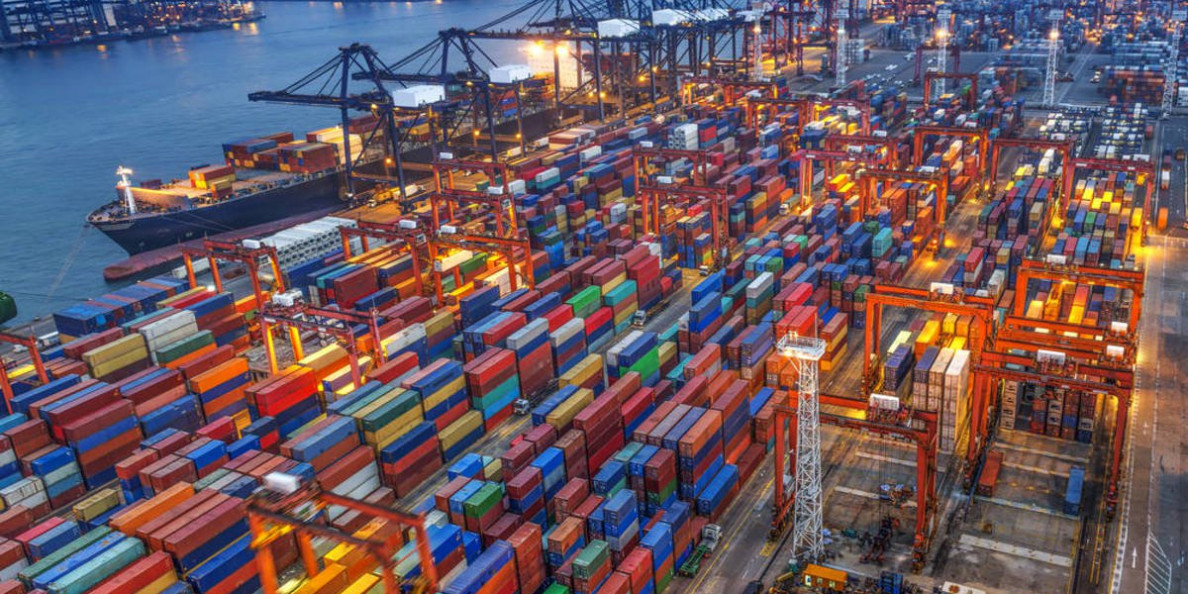The trade war between the United States and China that has been lingering for over a year is expected to continue.
While attending the 58th Global Fiber Congress in Dornbirn, Austria, I had an educational and enlightening discussion with a group of four Chinese traders. The discussions were quite revealing and provided firsthand information on what is going on in China in the fiber sector.
According to Bai Xueyin, deputy general manager of the state-owned Beijing-based Hantrong Investment Co. Ltd., the trade dispute that began in March 2018 has no end in sight and would go on.
At a macro level, the trade war is all about geopolitical power, with the United States being the number one economic superpower and China in the second position. Even if the current United administration changes after the next election, the trade situation may remain the same, expressed the Chinese visitors.
China has come to adjust itself to the trade situation, as the dispute has been lingering for a long time. Chinese industry is realigning itself to accommodate the losses in trade with the United States, and the Chinese textile industry is shifting to Vietnam and Indonesia. Xueyin noted that, in the short term, the loss of trade has affected China as employment of people is involved. But in the long run, China will adapt.
Xueyin’s company trades in agriculture, textile materials and chemical products. Due to the overall global economic situation, people are not spending as much on clothing, which has created a stagnation in the global textile sector. Textile giants like China and India have been affected, and aggressive fiber buying is not happening.
Commenting on the Chinese economy, Xueyin noted that the growth of 6.5% is decent, which is higher than developed economies. “Our economy is big, and this growth number is good,” he added.
Chinese mills are focusing on Brazil, Australia, Middle Asia and even India to procure cotton. China is still a dominant player in manufacturing and textile sectors. The country consumes about 800,000 metric tons of acrylic, which indicates its consumer power, stated Rachel Chen of Shanghai-based Bright Field Trading Co. Ltd, which trades in acrylic fiber.
China needs to import about 3-4 million metric tons of cotton, as the total consumption lingers around 8 million tons. In commenting about the existing government owned cotton stocks, it should be about one million tons, stated Xueyin.
“Maybe we are not having clear dialogue with the United States,” he said. “It is good to communicate so that the other party will know what we are thinking.”
Dr. Seshadri Ramkumar is a professor in the Department of Environmental Toxicology and The Institute of Environmental and Human Health at Texas Tech University
Πηγή: Cotton Grower

